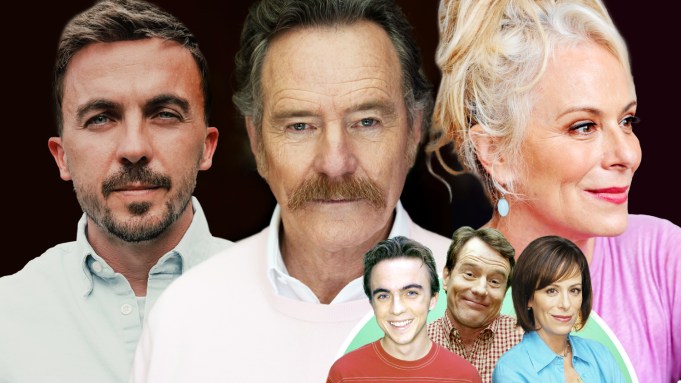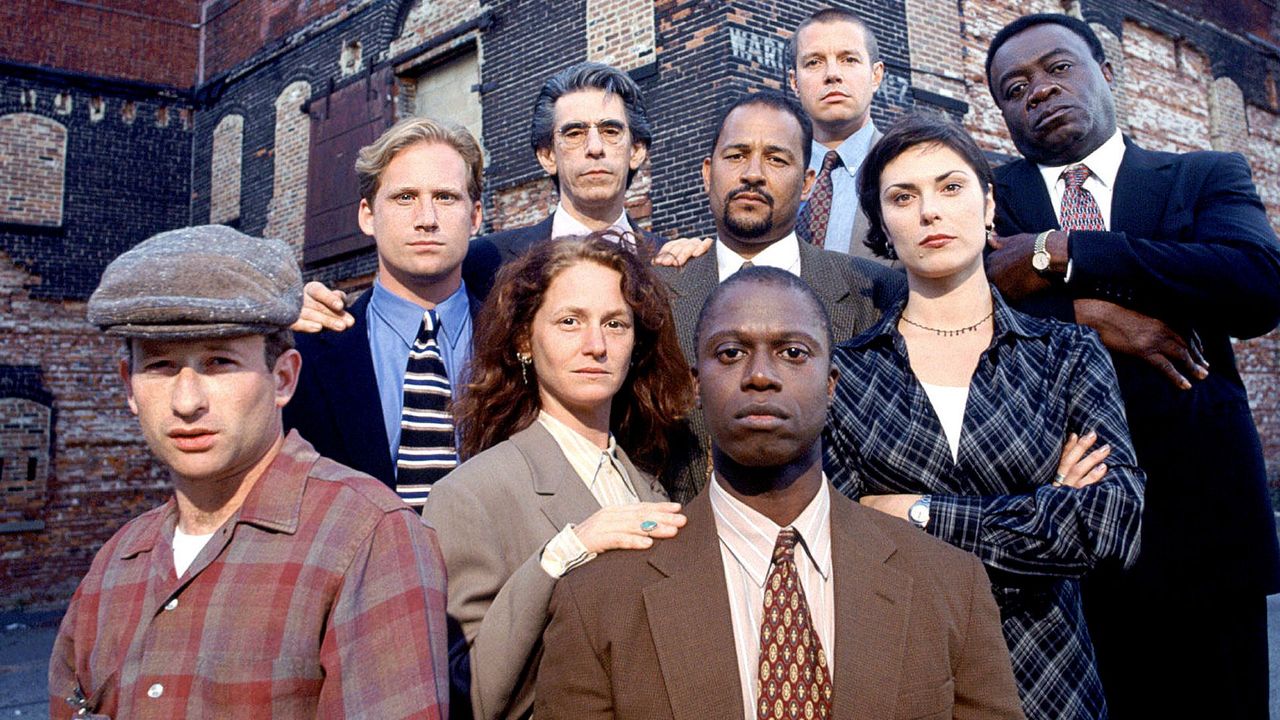An In-Depth Examination of George Sr.’s Characterization
In the realm of modern sitcoms, The Big Bang Theory stands out for its unique approach to character development, particularly that of George Sr., Sheldon Cooper’s father. Despite not having a prominent on-screen presence, George Sr. plays a pivotal role in shaping Sheldon’s psyche and, by extension, the narrative of the series. His characterization is often built through mentions and flashbacks, emphasizing a complex relationship marked by neglect and emotional distance. Research and analysis reveal that George Sr.’s absence contributes to the explanation of Sheldon’s social anxieties and obsessive behaviors, showcasing a rich tapestry of character backstory that resonates with viewers, suggesting that the impact of parental figures goes beyond mere screen time.
George Sr.’s depiction invites scrutiny on the broader theme of parental influence within sitcom narratives. The absence of a nurturing father figure is a recurring motif, suggesting that many protagonists in contemporary television struggle with similar issues. This mirrors a significant trend where complex family dynamics are portrayed with nuance, offering audiences an opportunity to identify with the characters on a personal level. The lack of George Sr. in physical form raises questions about masculinity, vulnerability, and the long-term effects of parental relationships, highlighting a shift in how sitcoms engage with traditional family structures.
The Future of Family Representation in Sitcoms
As the landscape of television continues to transform, George Sr.’s underrepresentation prompts speculation on future portrayals of father figures in sitcoms. Will there be a greater focus on fathers depicting a range of emotional complexities, or will traditional tropes persist? The evolution suggests a blending of humor with poignant commentary on familial bonds, challenging viewers to confront their perceptions of fatherhood amidst laughter. Observing these trends could provide valuable insights for creators aiming to craft more relatable and authentic family narratives in future series.
Comparing George Sr.’s Portrayal in Other Shows
When examining characters across different shows, each portrayal brings a unique flavor to the character’s essence. George Sr., the patriarch from ‘Arrested Development,’ is a complex character depicted differently in other shows.
In ‘Breaking Bad,’ the character Gustavo Fring embodies traits akin to George Sr.’s shrewdness and strategic thinking. While not the same character, Gustavo’s calculated demeanor resonates with George Sr.’s manipulative yet charismatic nature.
On the comedic side, characters like Frank Reynolds from ‘It’s Always Sunny in Philadelphia’ exhibit shades of George Sr.’s flawed patriarch persona. Both characters are defined by their morally questionable decisions and their roles as peculiar father figures within their respective dysfunctional worlds.
George Sr.’s portrayal in other shows offers a glimpse into how his character traits and complexities can be reimagined and reinvented across different narratives. These variations not only showcase the versatility of the character but also highlight the impact of stellar writing and acting in bringing layered characters to life in various contexts.
The Creative Choices Behind George Sr.’s Image
George Sr.’s character portrayal in the series is a result of carefully crafted creative choices made by the show’s creators. From his wardrobe to his mannerisms, each detail contributes to shaping George Sr.’s distinct image on screen. The choice of eccentric outfits reflects his quirky personality, while his gestures and expressions add depth to his character.
Viewer Reactions to George Sr.’s Characterization
Breaking Down the Headlines
Following the recent character developments in the latest season of the hit show, viewers are expressing mixed reactions to George Sr.’s characterization. Some viewers are applauding the depth and complexity added to his character, while others are critical of the direction taken.
The Bigger Picture
This shift in audience sentiment towards a key character like George Sr. highlights the power of well-developed characters in storytelling. It emphasizes the role that character evolution plays in engaging and challenging viewers’ perceptions, ultimately shaping the overall narrative arc of the show.
What This Means Going Forward
Looking ahead, the viewer reactions to George Sr.’s characterization may influence future plotlines and character arcs. Show creators and writers could use this feedback to further develop and refine the characters, potentially deepening the storytelling and the emotional impact on the audience. Understanding and responding to viewer sentiments can be pivotal in steering the show towards continued success and viewer engagement.




